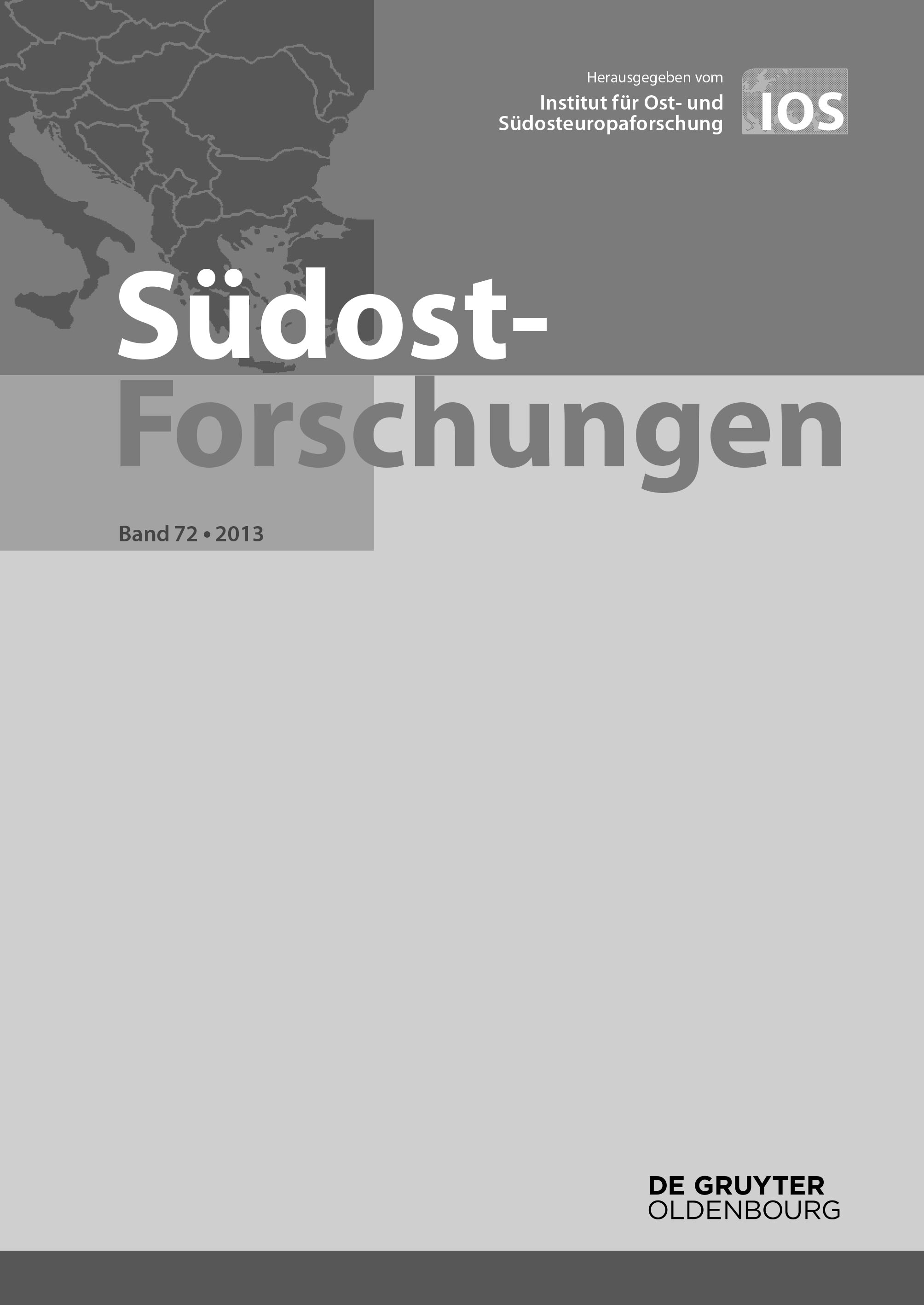Korruption im ersten Jugoslawien (1918-1941). Eine Skizze zu Diskurs und Praxis
Corruption in the First Yugoslavia (1918-1941). An Outline to Discourse and Practice
Author(s): Klaus BuchenauSubject(s): Economic history, Interwar Period (1920 - 1939)
Published by: De Gruyter Oldenbourg
Summary/Abstract: This paper deals with the under-researched history of corruption in interwar Yugoslavia. Intended as an introduction to the study of this problem, it first reflects on theoretical issues and on the applicability of the term corruption to Balkan traditions of patrimonial rule, then turns to the interwar period, using contemporary Yugoslav newspapers and the existing literature as basic sources. Contemporaries understood corruption not only as a social practice or a crime, but also as decadence in the broadest sense, as a loss of basic values etc. They felt that since 1918, they were living in a much more corrupt society than previously. In the newspapers of interwar Yugoslavia, the critique of corruption was all-present and frequently used as a political weapon, especially in the Serbo-Croat conflict. Corrupt practices included political as well as everyday corruption; while the former was a direct area of focus for newspapers during the 1920s, the royal dictatorship (since 1929) used censorship to depict itself as “clean” and stressed petty corruption as the main problem. This change in discourse notwithstanding, grand corruption remained an endemic phenomenon, a fact that greatly contributed to the failure of the country’s greatest anti-corruption lawsuit carried out in the Slavonian town of Osijek in 1935.
Journal: Südost-Forschungen
- Issue Year: 2013
- Issue No: 72
- Page Range: 98-132
- Page Count: 35
- Language: German
- Content File-PDF

